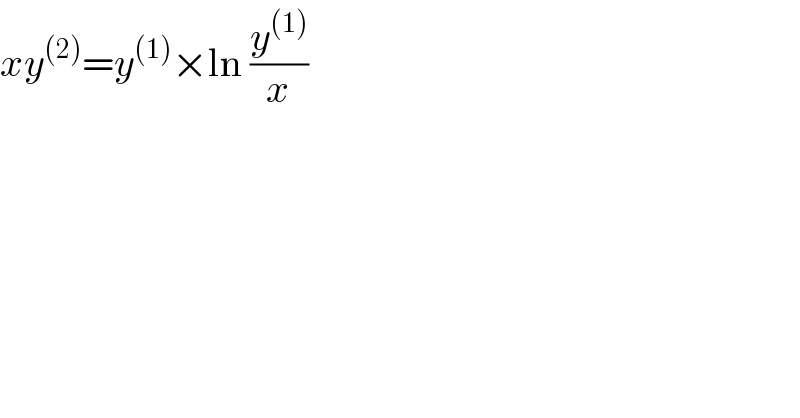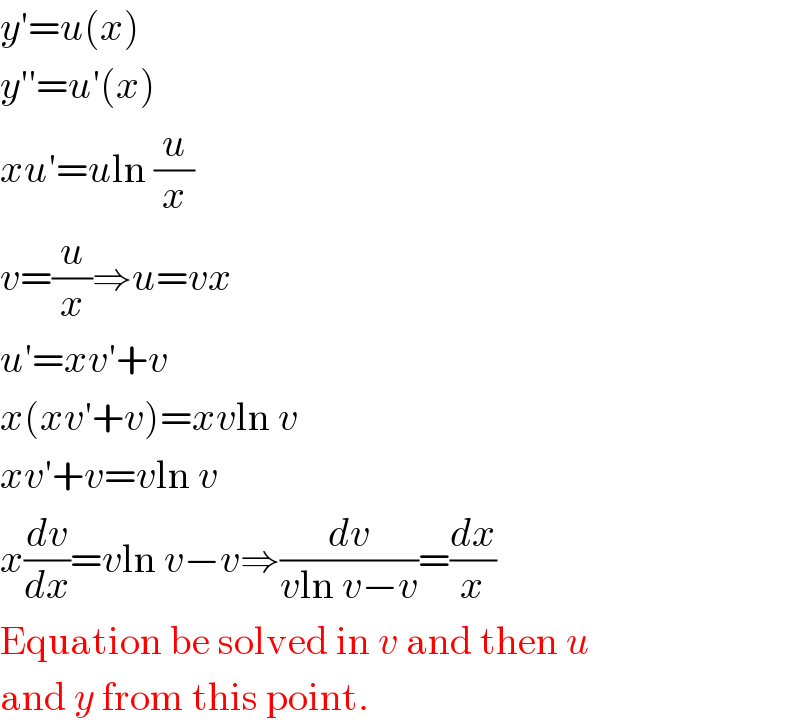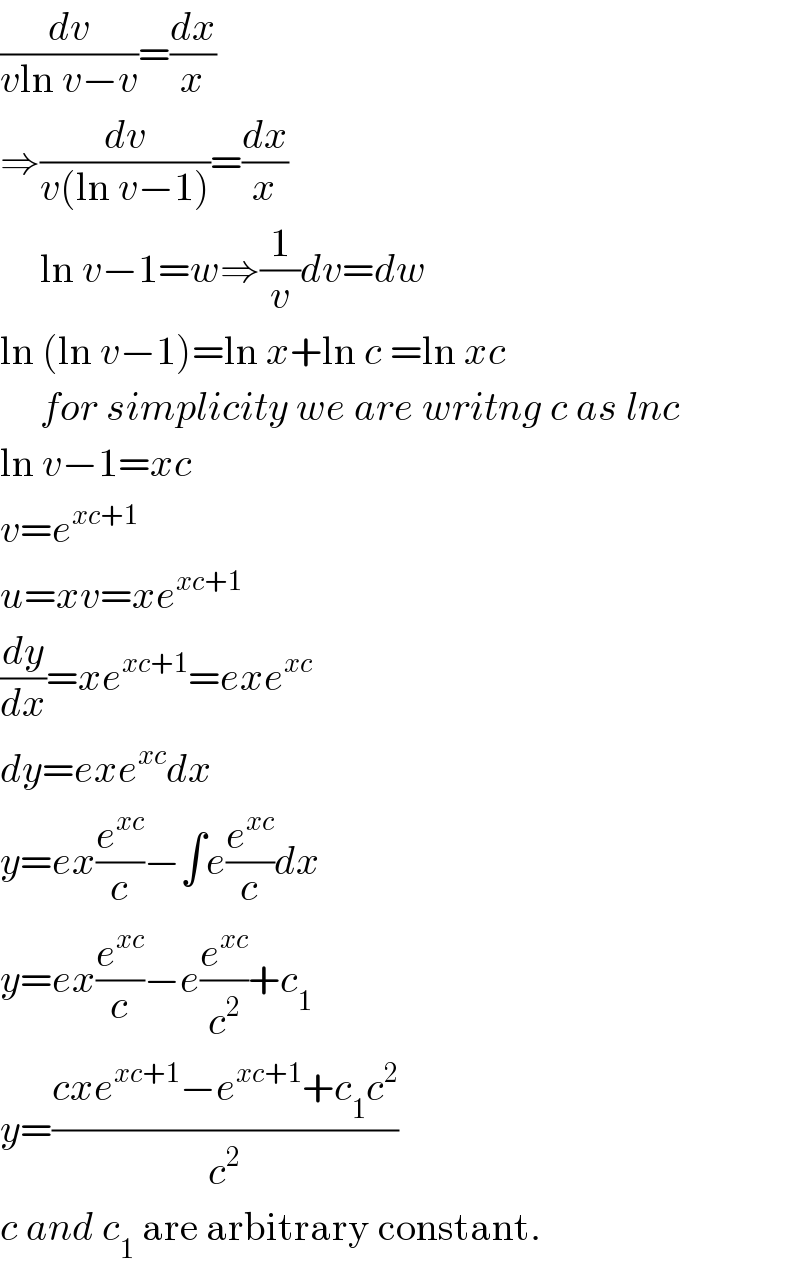
Question and Answers Forum
Previous in Differential Equation Next in Differential Equation
Question Number 26837 by sorour87 last updated on 30/Dec/17

Answered by prakash jain last updated on 30/Dec/17

Commented by sorour87 last updated on 30/Dec/17

Commented by prakash jain last updated on 30/Dec/17

Commented by sorour87 last updated on 30/Dec/17

